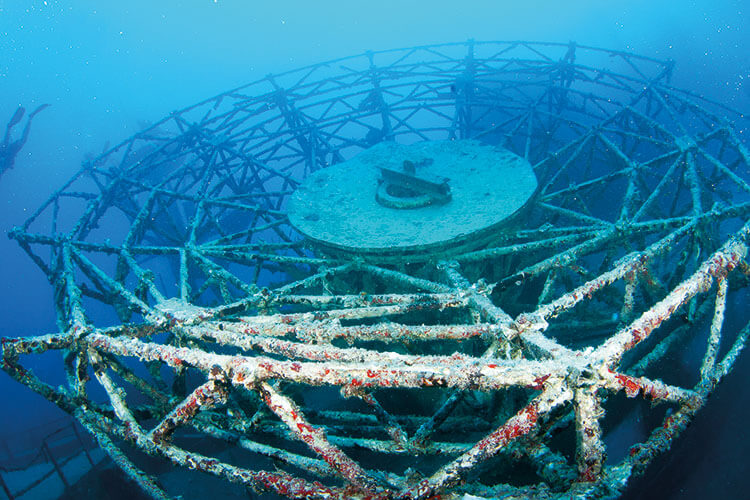
There are thousands of shipwrecks across the Florida Keys – here are some of the best to dive to complete the official Florida Keys ‘Wreck Trek’
The Florida Keys is littered with shipwrecks that reflect its extensive maritime history. Not all are available to scuba divers and some have almost been completely lost to the sea, but there are many still visible among the reefs.
In more recent years, several ships have also been sunk as artificial reefs to help relieve pressure on the corals of the National Park.
The National Oceanic and Atmospheric Administration (NOAA) has compiled a ‘Shipwreck Trail’ through the Keys, but for those seeking to explore as much of the archipelago as possible, the Florida Keys Tourist Authority has put together a ‘Wreck Trek’, which will reward divers with a frameable collage of wrecks for scuba diving one in each of the nine districts of the Keys.
Here are some of the top recommendations, according to the Florida Keys website.
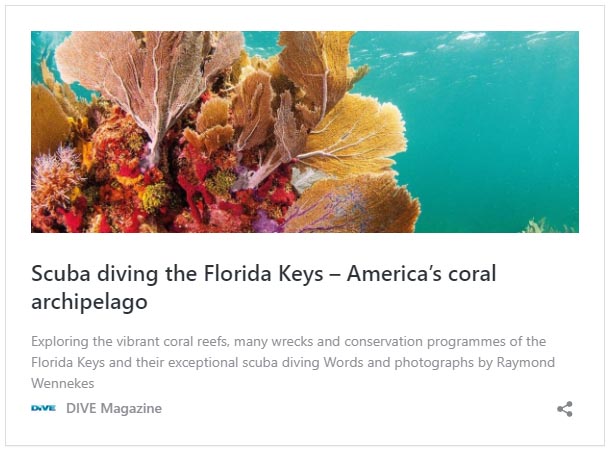
ADOLPHUS BUSCH SR
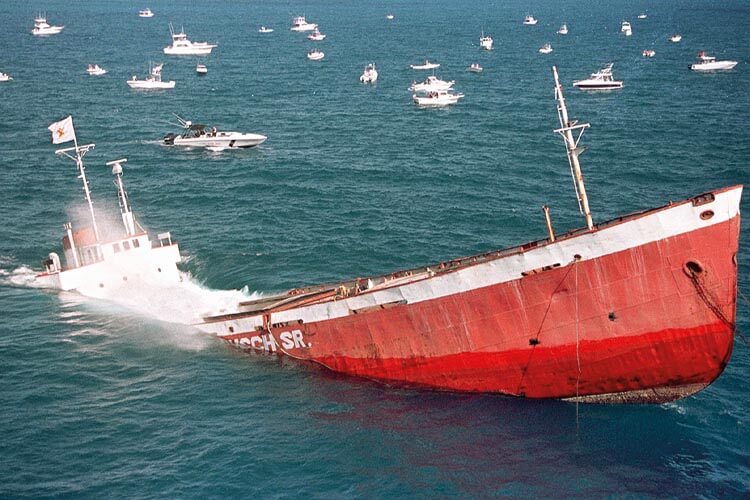
At 64m (210ft) in length, the Adolphus Busch Sr is upright and almost completely intact in just 33m (110 ft) of water.
Originally named the Ocean Alley, she was renamed after brewing giant Anheuser-Busch founder, Adolphus Busch, whose great-great-grandson helped finance her purchase and sinking.
BENWOOD
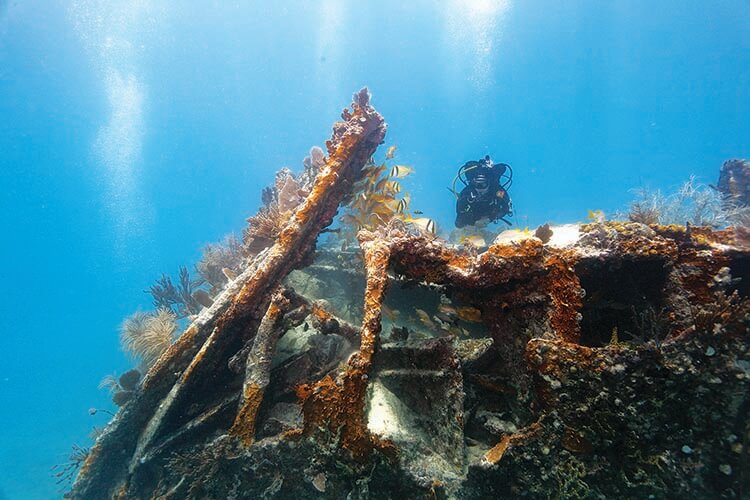
The Benwood was a 110m (360ft) freighter built in England in 1910 and sank after colliding with another ship during the night of 9 April 1942.
The wreck was later used as target practice and is now scattered across the seabed off Key Largo between 7.5 and 14m (25 and 45ft).
CAYMAN SALVAGER
The Cayman Salvager was a 57m-long (187ft) steel-hulled buoy tender, cablelayer and freighter, built in 1937 and sunk in 1985 as an artificial reef, although she actually sank before reaching her intended destination.
The wreck now rests upright in around 29m (95ft) of water, and is a great spot to find the resident goliath groupers.
DUANE
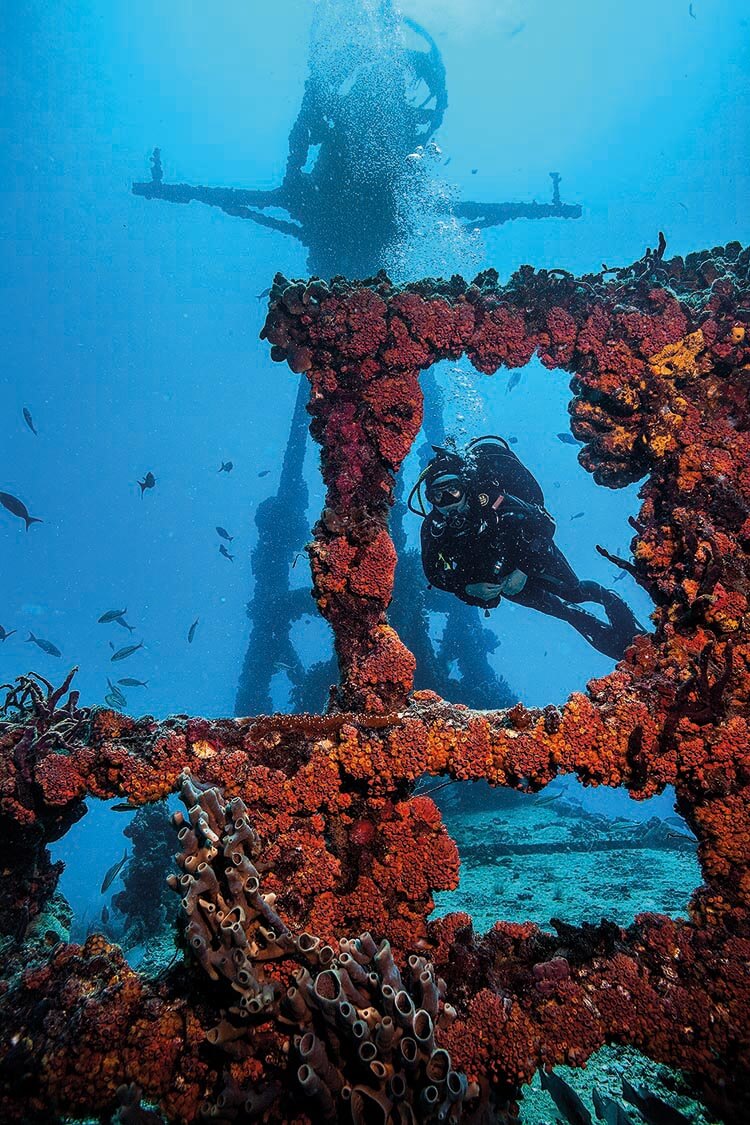
The 100m (327ft) US Coast Guard Treasury-Class cutter Duane, built in Philadelphia in 1936, was decommissioned in August 1985 and donated to the Keys Association of Dive Operators to be sunk as an artificial reef.
She now lies intact and upright on the sea floor south of Molasses Reef off Key Largo, at a depth of 40m (120ft).
EAGLE
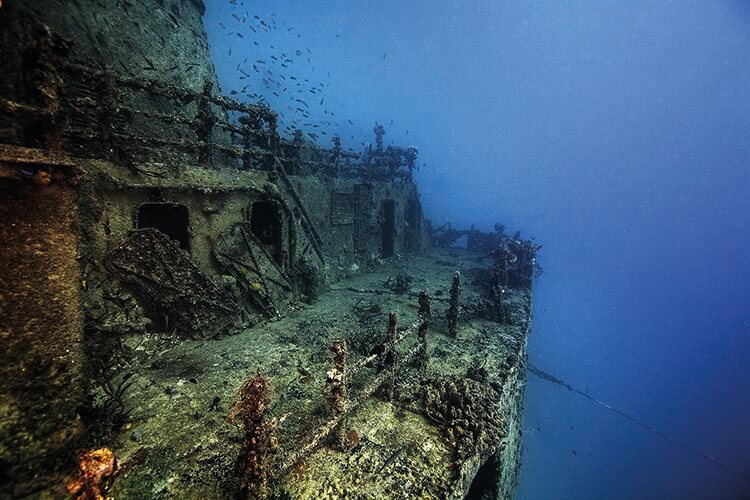
The Eagle was a Dutch-built freighter written off after a fire in October 1985 and sunk as an artificial reef in December of that year. She broke her mooring and drifted out of position before her sinking.
The wreck now lies on its starboard side in 33.5m (110ft ) of water south of Islamadora.
JOE’S TUG
The most important thing about Joe’s Tug is that it’s not actually a tugboat, but rather a 23m (75ft) steel-hulled shrimp boat, which has become one
of the Keys’ most popular beginner wreck dives since her sinking in 1989 in 20m (65ft) of water, after having previously sunk and been refloated in 1986.
THUNDERBOLT

Thunderbolt was a 57m (188ft) mine planter built for the US Army in 1942 but never used.
She worked as a cable layer until being donated to the Florida Keys Artificial Reef Association and sunk in 36.5m (120ft) of water south of Marathon in March 1986.
SPIEGEL GROVE
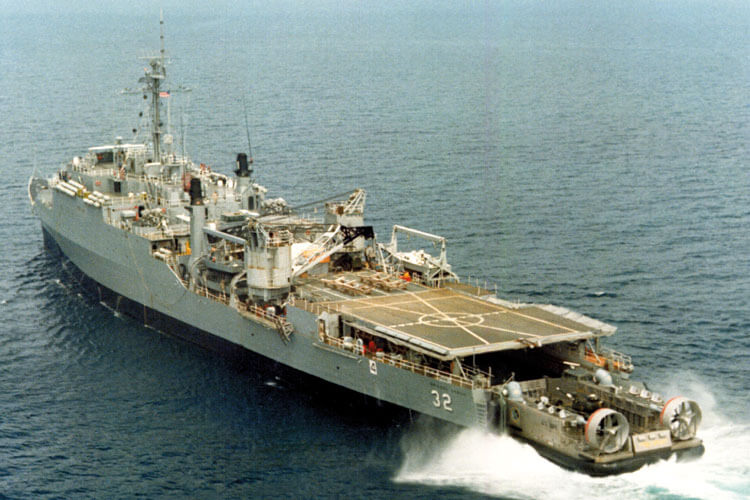
The Spiegel Grove is one of the largest ships ever sunk as an artificial reef, a huge 155m-long (510ft) and 24m-high (80ft) US Navy Landing Ship Dock originally commissioned in 1956 before being sunk in 2002.
Lying at a depth of 40m (130ft), Spiegel Grove is for more advanced divers, covered in marine life with plenty of swim-throughs to explore.
VANDENBERG
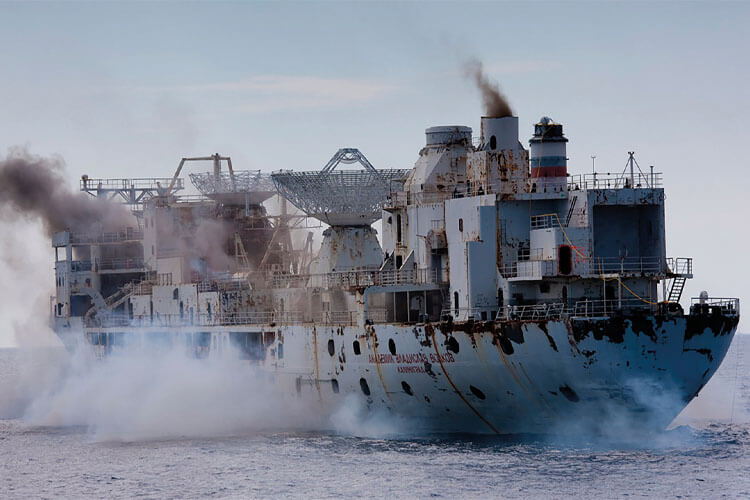
Even bigger than the Spiegel Grove, the General Hoyt S Vandenberg was a former troop transporter and missile tracking ship with a length of 522m (1,712ft), sunk to a depth of 40m (140ft) with much of the superstructure 12 to 15m (40 to 50ft) below the surface.
The famous radar dishes were snapped off by Hurricane Irma in 2017, but the ship remains one of Florida’s most awesome dives.
For more information on Florida’s wrecks and extensive coral reefs, visit www.fla-keys.co.uk or www.fla-keys.com outside of the UK.
More great reads from our Magazine…
- Scuba diving the Florida Keys – America’s coral archipelago
- Battle of the Colours – the mating ritual of giant cuttlefish
- Mexico’s Manatees – the Sirens of the Caribbean
- DIVE’s Big Shot Kaleidoscope – the winners!
- How the Marine Megafauna Foundation makes sustainability sustainable



